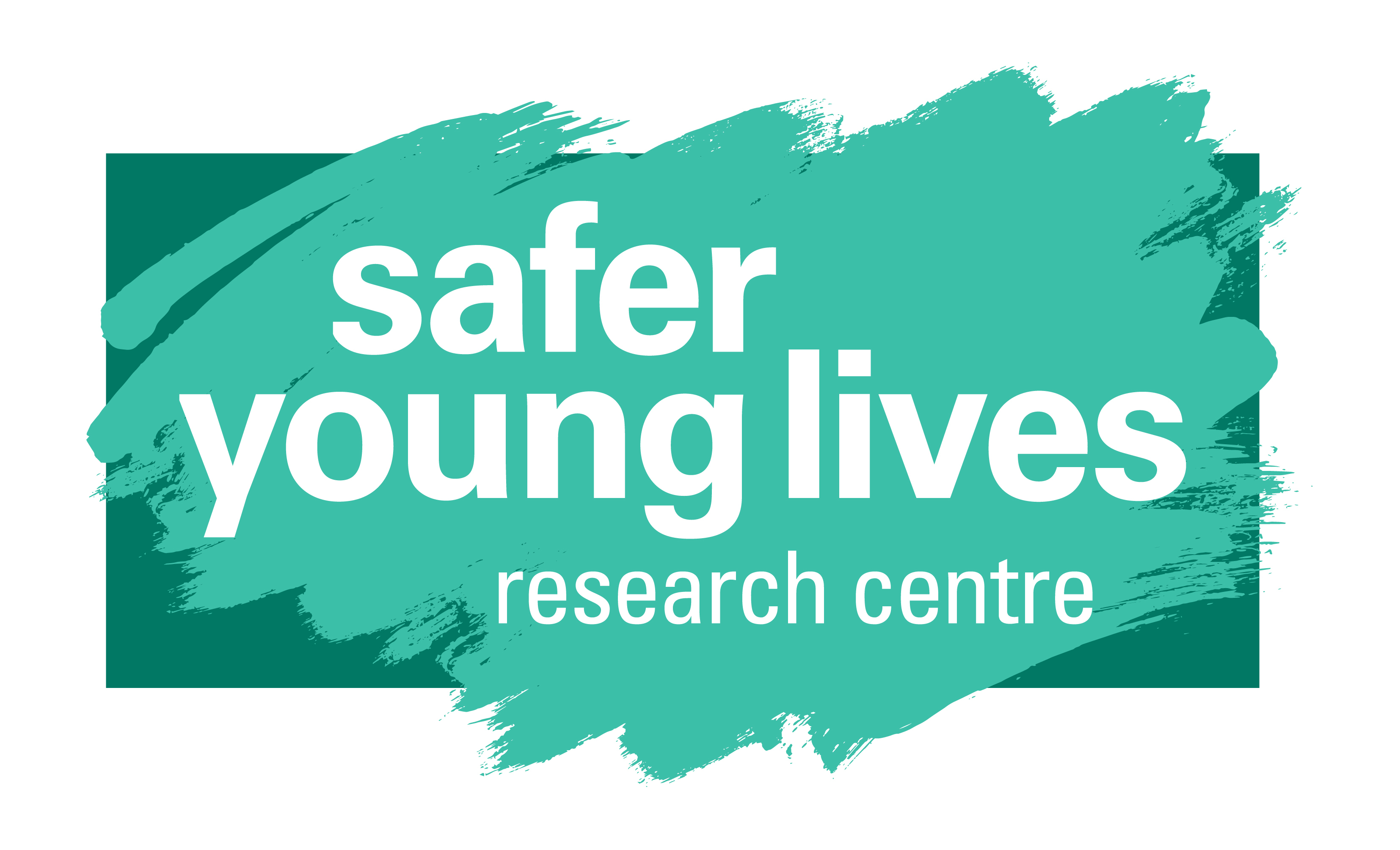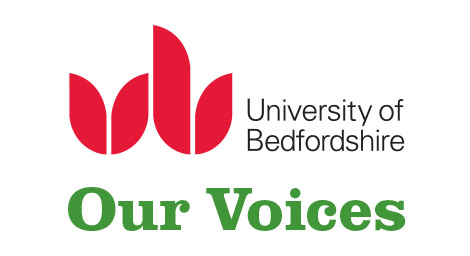Let’s talk about sexual violence: Involving young people in preventative peer education
Book chapter in Beckett, H., and Pearce, J. (Eds.). (2017). Understanding and Responding to Child Sexual Exploitation. Taylor & Francis.
https://www.taylorfrancis.com/...
This chapter explores the role of youth participation in sexual violence prevention. It builds on Cody’s (2015) work by introducing hitherto unpublished data from ‘Our Voices’, a pan-European initiative promoting youth participation in sexual violence prevention across Europe (for more information, see www.our-voices.org.uk). This is presented with reference to the existing evidence base around sexual violence prevention and participation.


